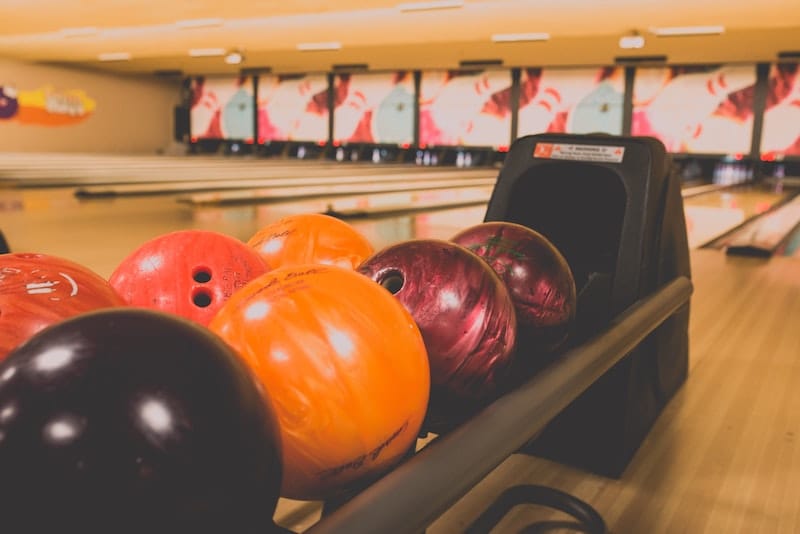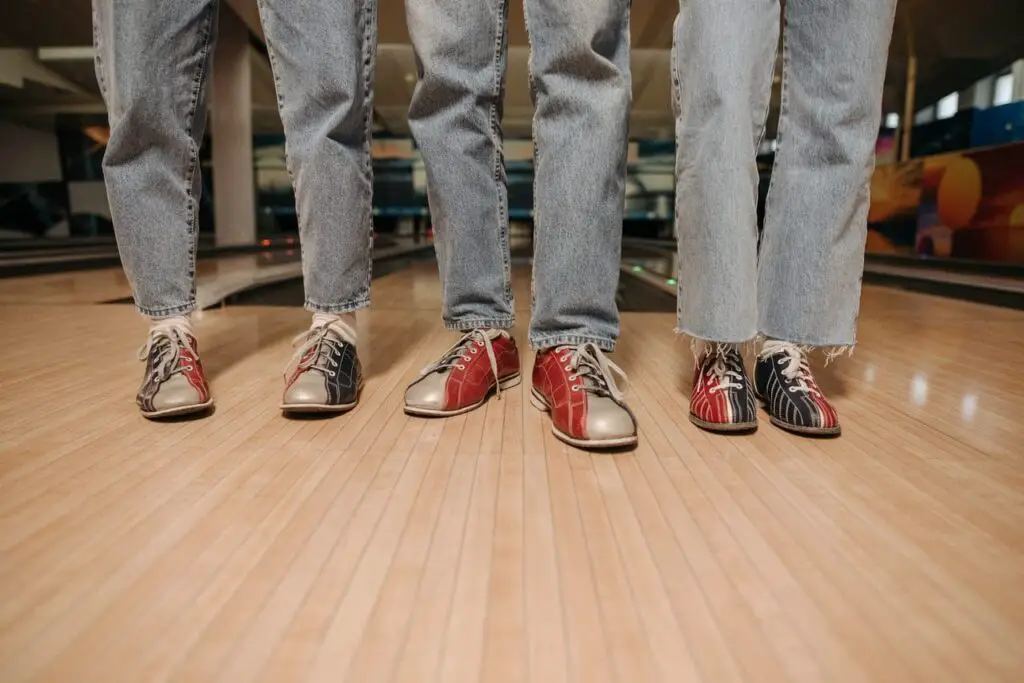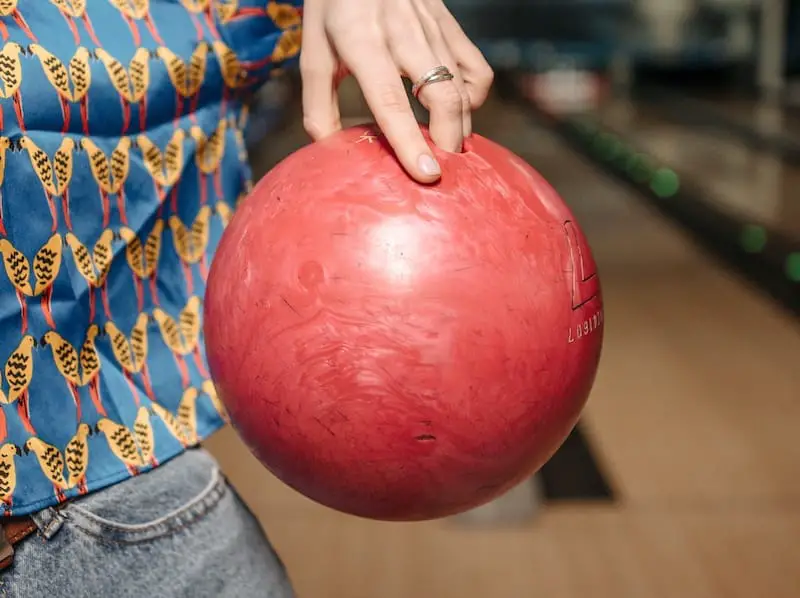Modern bowling balls are made from various materials like polyester, urethane, resin, and reactive resin. With millions of bowlers in the United States alone, a lot of old and used bowling balls end up in landfills each year. This raises an important question – can you recycle bowling balls?
The Recyclability of Bowling Balls
Like most sports equipment, bowling balls can’t be recycled through normal curbside recycling programs. This is because bowling balls are made from composite materials that curbside programs can’t process. However, some bowling ball manufacturers and pro shops have established bowling ball recycling programs that aim to keep old balls out of landfills. Additionally, some hobbyists use old bowling balls for crafts and repurposing projects.
Bowling Ball Manufacturers’ Recycling Programs
Many top bowling ball companies like Brunswick, Ebonite, Hammer, Storm, and Motiv have invested in bowling ball recycling initiatives. They collaborate with bowling centers and pro shops across the country to collect old and used bowling balls. The balls are then shipped to the manufacturing facilities where they are refurbished and repurposed.
The manufacturing process begins by removing the outer polyester or urethane coverstock of the old bowling balls. The refurbished cores are then used to create new balls. The old coverstock material is ground up and used as filler for the production of new balls. This closes the recycling loop and considerably reduces waste. Some manufacturers also donate a portion of the refurbished balls to charity organizations and schools.
Recycling Through Pro Shops
Many bowling pro shops also actively participate in bowling ball recycling programs. Bowlers can drop off their old balls at these shops instead of tossing them in the trash. The pro shops then ship these used balls to the manufacturers for refurbishing and repurposing. Some pro shops also offer incentives like discounts and free drilling on new balls to encourage bowlers to recycle their old equipment.
How many bowling balls should you have?
Art and Craft Uses
Beyond the recycling initiatives by manufacturers, old bowling balls also find new life in arts and crafts projects. The unique shape and design of bowling balls make them ideal for certain crafts and repurposing ideas. Some common examples include:
- Making bowling ball clocks by inserting a clock mechanism into the finger holes.
- Using bowling balls as doorstops or bookends.
- Creating fountain features and pond floats with bowling balls.
- Painting or engraving bowling balls to make decorative art pieces.
- Making pen, pencil, and jewelry holders out of drilled bowling balls.
- Using bowling ball segments to make wine stoppers and bag tags.
The hard plastic material and appealing designs of old bowling balls give crafters an excellent reusable medium for their projects. Selling these repurposed bowling ball crafts also generates income from old equipment that may otherwise end up in landfills.
The Environmental Impact
Responsibly recycling old bowling balls has noticeable environmental benefits. According to the United States Bowling Congress, over 13 million Americans participate in bowling leagues alone each year. Millions more bowl recreationally off-league. Since most serious bowlers own multiple bowling balls, that translates to a massive number of balls being discarded every year in the US.
Bowling balls are made from non-biodegradable materials like plastic and resin. When buried in landfills, they can take hundreds of years to decompose. Recycling programs allow the plastics and other materials to be reused in manufacturing new balls or repurposed for other applications. This ultimately keeps thousands of pounds of waste out of our landfills and reduces plastic pollution.
Beyond recycling, minimizing waste should also be a priority for bowlers. Using each ball for as long as possible before replacing it and purchasing new balls only when absolutely necessary can make the sport more sustainable. Ball cleaners and resurfacing equipment can expand a ball’s lifespan significantly before it needs to be retired.
Final Thoughts
Responsible recycling and reuse of old bowling balls is absolutely possible through manufacturer takeback programs, pro shops, and DIY craft projects. This keeps valuable plastic and resins in circulation and out of landfills. With some creativity and commitment to sustainability, bowling enthusiasts can find great new uses for old equipment while also minimizing their environmental footprint. The next time you need to retire your trusty ball, look into recycling options before simply tossing it in the trash.


